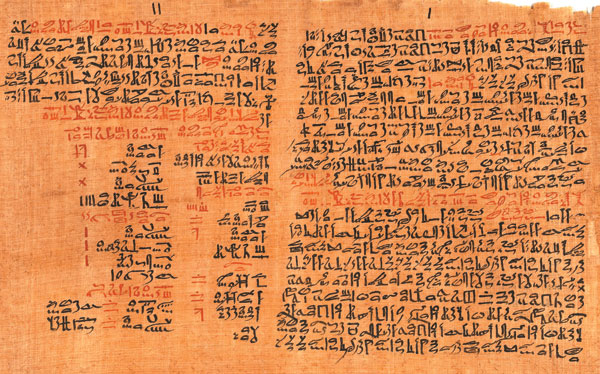Image Details

University of Leipzig
The Ebers papyrus, written in hieratic (cursive) Egyptian script in about 1550 B.C.E. and called the most significant medical document from ancient Egypt, contains a remedy for bleeding caused by circumcision: “dzrt, honey, cuttle-bone, sycamore, fruit of dzja [unknown] are mixed together and applied thereto.”
For the Egyptians, as well as for most of the other ancient peoples who performed circumcision, the practice was a puberty rite and prepared a man for sexual relations. Among the ancient Israelites, however, circumcision was performed on boys eight days after birth and was meant to remind them of their covenantal relationship with God.
